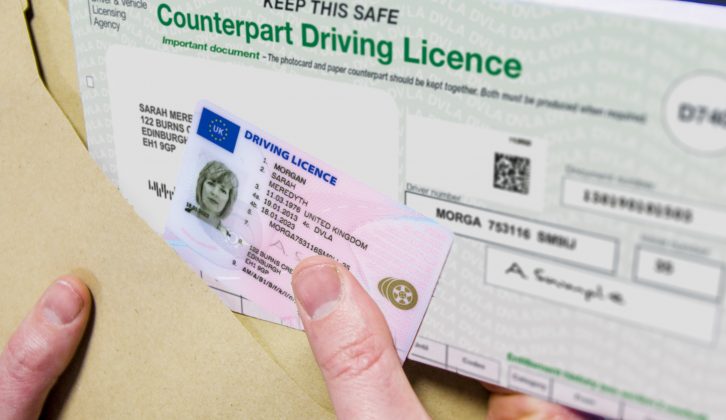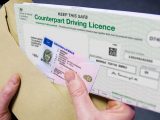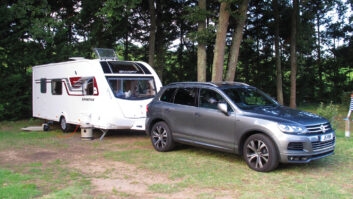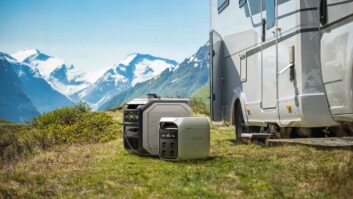As the rush to ditch cumbersome paperwork and to go digital continues, you may have heard that changes are afoot for UK driving licences. If so, you’re spot on – in fact, it’s all change in just a few weeks. Still in the dark? Read on…
From Monday 8 June 2015, the paper counterpart portion of your driving licence will no longer be valid and these will cease to be issued by the DVLA. So what does this mean for you?
Firstly, please be aware that this doesn’t affect photocard licences issued by the DVA in Northern Ireland.
For licence holders in the rest of the UK, after 8 June 2015, as your paper counterpart won’t have any legal status, you should destroy it, but make sure you hang onto your photocard driving licence.
However, if you have a paper (only) driving licence, issued prior to the introduction of photocard licences in 1998, your paper licence will still be valid, so don’t get rid of it. But from 8 June, if you need to update your details and you hold a paper driving licence, your replacement licence will only be issued in photocard format.
Of course, with the advent of the photocard driving licence, the paper counterpart was born to list information that wouldn’t fit on photocards, such as penalty points and endorsements, and some categories of vehicle you’re entitled to drive. Handily for caravanners, the class of vehicles you’re allowed to tow is one of those displayed on your photocard. Flip yours over and take a look. If you passed your driving test before 1 January 1997 you’ll see you hold a B+E licence, if you passed after that date, you’ll have a category B licence (unless you’ve passed the additional category B+E driving test).
From 8 June 2015, the record of any penalty points you’ve received will be held on the DVLA’s electronic database. If you need to check it, you can do so by post or by phone or, of course, online. It’s a free service. Head online and you can see all the information formerly held on your paper counterpart – all you’ll need is your driving licence number, the postcode on your driving licence and your National Insurance number.
But what about those situations when you need your paper counterpart? It might be a struggle at times to remember where you keep it, but sometimes, such as when you hire a car, you need it to provide evidence of your driving record. You won’t be surprised to learn that when you need to do this, you will also be able to do it for free and online, via the DVLA’s Share Driving Licence service.
So now you’re up to date on the latest driving licence developments. But here at Practical Caravan, we can’t help but wish the rules for B category licences could be revised, too. The current situation makes it harder than ever for people to become caravanners.
As we’ve already said, if you gained your driving licence after 1 January 1997 you have a B licence, which permits you to tow a car and caravan where the total weight (Gross Train Weight) of the outfit is no more than 3500kg. Now, of course, many may argue that both cars and caravans are getting lighter and lighter, so surely more and more car and caravan combinations should fall within this weight limit? Possibly. But not everyone can afford a new caravan or one of the latest tow cars. Or perhaps you’ve got a big family and want more space than these often smaller caravans provide? And the expense and hassle of the training, not to mention over £100 for the B+E category test itself, could be enough to put off some nascent caravanners.
Following the change to car tax disc regulations from 1 October 2014, this is just the latest new ruling for British motorists and, of course, caravanners, to get used to.
From Monday 8 June 2015, the paper counterpart portion of your driving licence will no longer be valid









